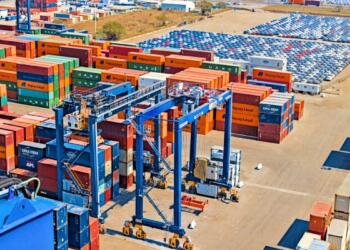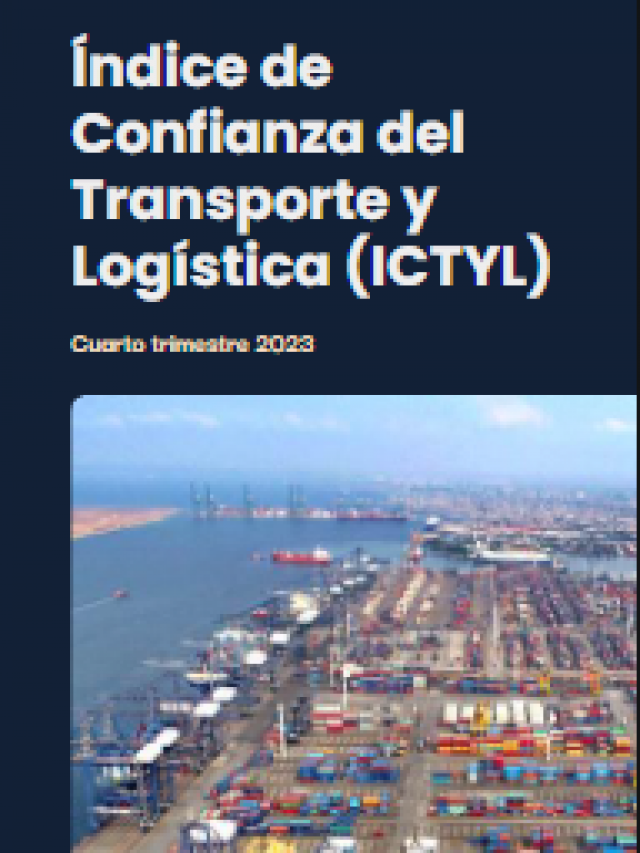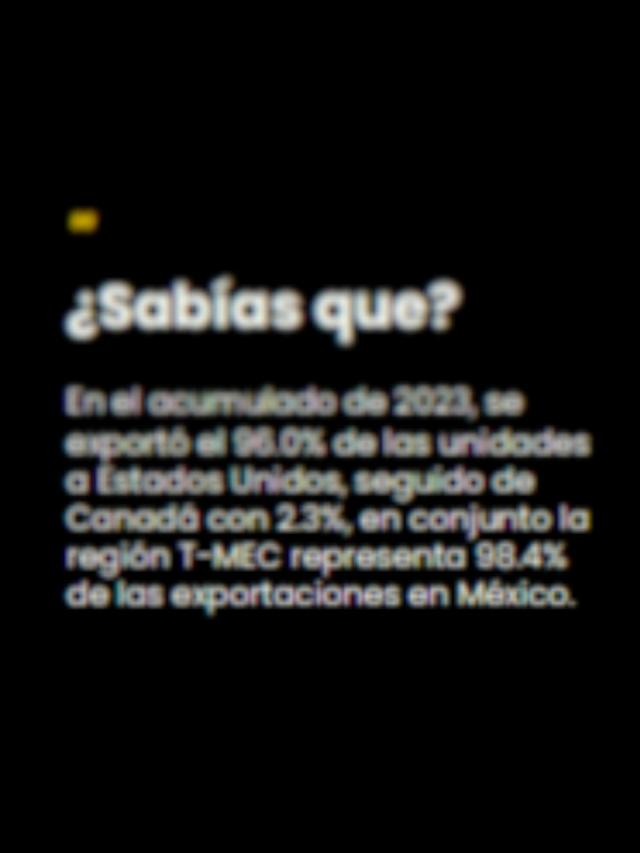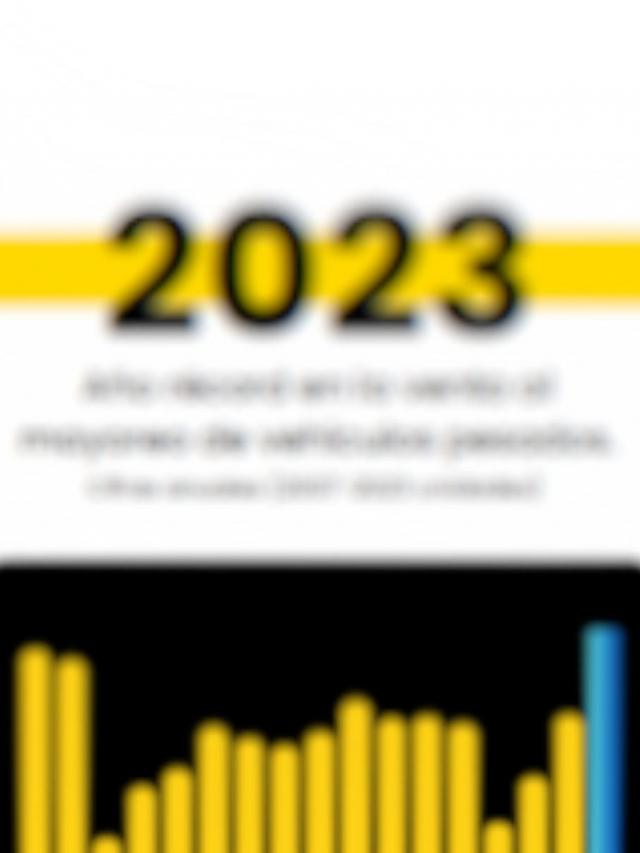The National Association of Private Transportation (ANTP) presented best practices in the trucking industry to prevent or reduce accidents involving this sector. It also stated that multimodal transportation is a solution to reducing road traffic.
Francisco Kim Olguín, vice president of the Multimodal Sector of this organization, said that Mexico ranks 15th worldwide in traffic accident deaths and second in Latin America.
While, according to the Mexican Institute of Transportation (IMT) , 80% of road accidents are attributed to the driver and 8.2% to the transportation equipment.
For this reason, he said at The Logistics World Summit & Expo that among the best practices in security are self-regulation, electronic logbook, exchange of best practices , use of new technologies, among others.
He explained, for example, that self-regulation is applied to compliance with NOM 012 on weights and dimensions. “Compliance with it strengthens the supply chain and reduces accidents.”
He asserted that complying with this regulation is a commitment of both the user and the carrier. “Many times the former thinks the carrier is responsible for everything that happens on the road, but no. There is something in the law that establishes joint responsibility, and users who load a unit exceeding the weight and dimensions are jointly responsible in an accident with the carrier.”
“Implementing self-regulation automatically reduces accidents and line and route stoppages; it’s one of the actions that yields the best results, and everyone in the supply chain is responsible for preventing any incidents,” he stated.
Regarding the electronic logbook, Francisco Kim explained that it refers to NOM 087, which specifies that drivers cannot exceed 14 hours in a day, including eight hours of rest.
“How do you enforce compliance? If the logbook is electronic, the information can be managed, and driving and rest hours can be calculated. Records can be kept for up to a week. This allows you to know which routes you’re not complying with, where you’re not resting, and to understand the operators’ route and better plan the route. Paper logbooks are manipulable and susceptible to errors,” he indicated.
The pre-trip check, he mentioned, interferes with the operator’s knowledge of his health and the safety of the transportation. It requires a check to detect, among other things, temperature, glucose, heart rate, and drug detection, in order to prevent the operator from making the trip.
He also mentioned that they are working with other organizations such as the Mexican Association of Railways (AMF) and the Railway Transport Regulatory Agency (ARTF) because level crossings are high-impact areas for accidents. They are therefore seeking to improve this type of infrastructure and encourage users and transporters to learn various techniques to avoid incidents.
He said that using multimodal transportation allows for cost reduction, meeting sustainability goals, and reducing the impact on infrastructure and, consequently, road accidents. “You see Highway 57 and it’s a pain to go there, and what happens is that freight heading north has increased due to nearshoring , and it’s already saturated. Therefore, we must incentivize these modes of transportation. When an intermodal route is used, the supply chain has become more professional.”
Comment and follow us on X: @evandeltoro / @GrupoT21















